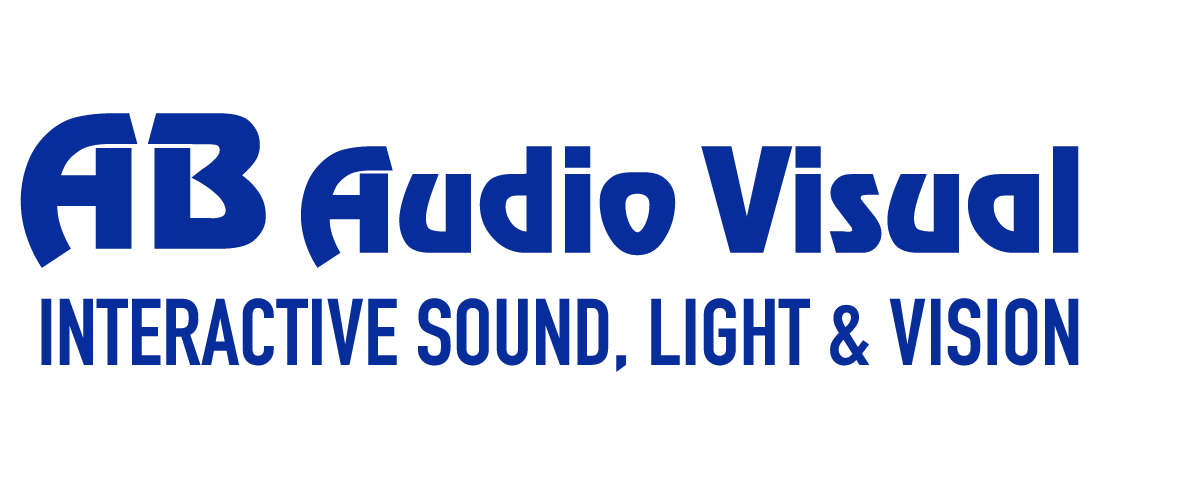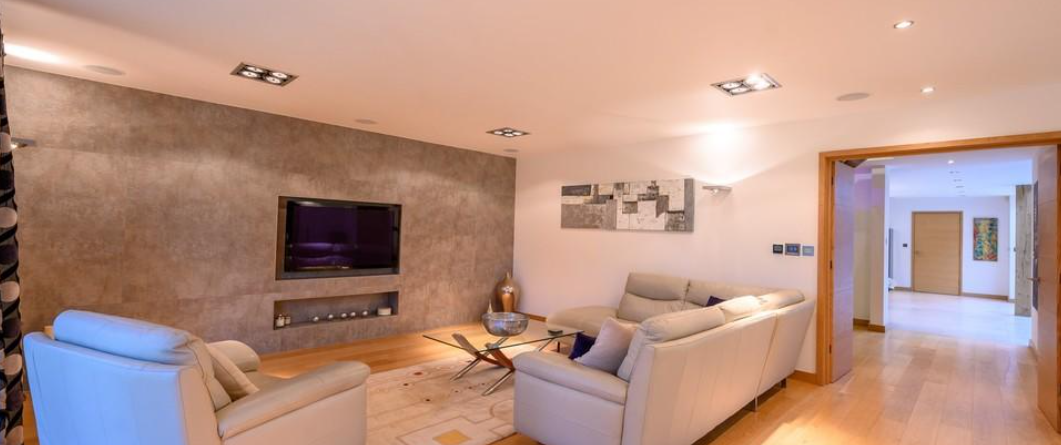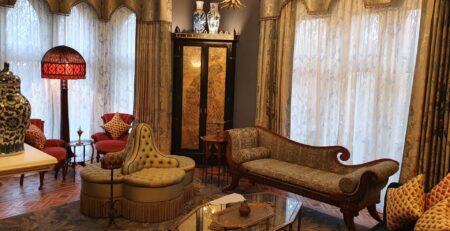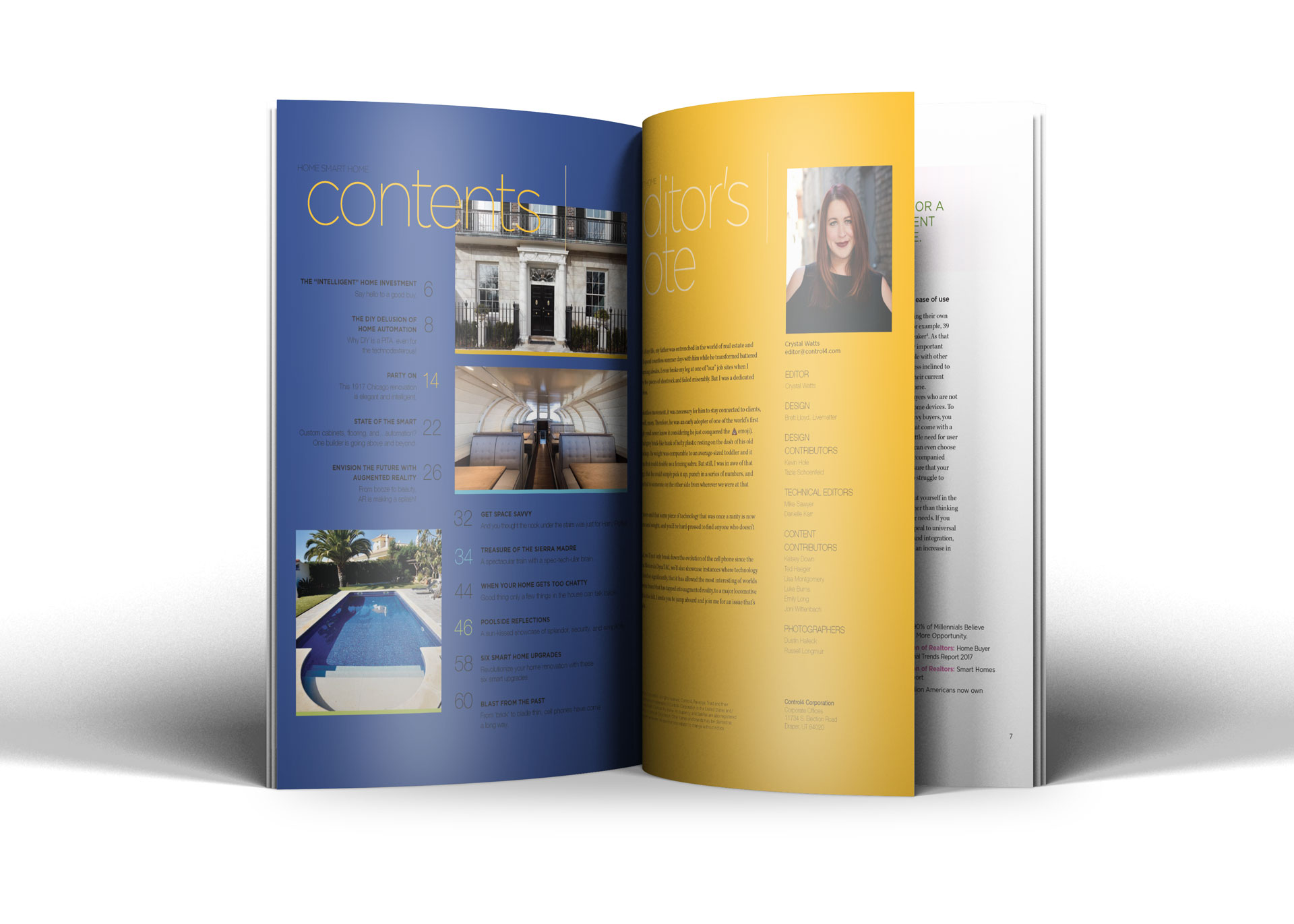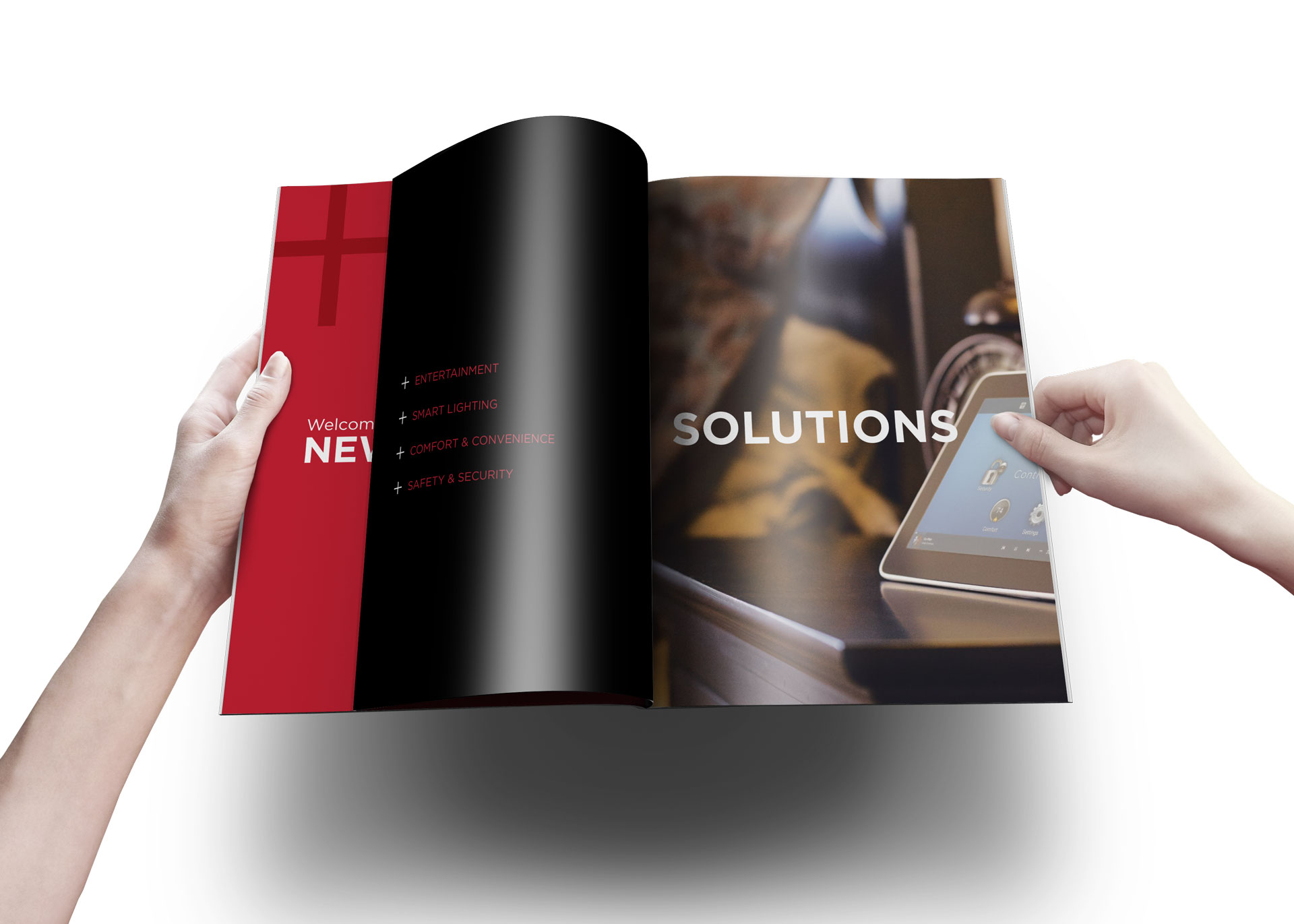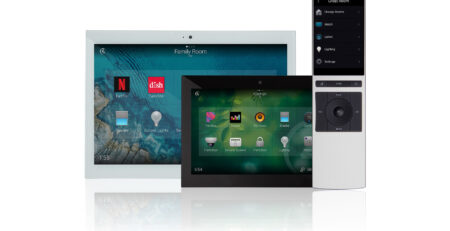Should Developers Consider Building Smart Homes
These days there is more to building a new house than bricks, electrics, plumbing and heating. Including connectivity for smart technology is a key element that needs to be incorporated into future design. Overlooking or dismissing this could have a negative impact on the sale of future homes. This post considers what is required by developers to help building smart homes.
People are becoming increasingly connected and investing in the latest technology to make their lives simpler, safer and more cost effective. By acting now, developers are preparing for the demands of the future. Giving your prospective purchaser the option of easily adding smart technologies to their home can add real value to your developments.
Recently we have had a number of enquiries from customers buying new, large houses who want to include some integrated smart technology, only to find they are limited in what they can do because of the lack of infrastructure. There is nothing worse than buying a brand new property and then Sky having to pin cables down the outside of your lovely brick work.
What will the Home Owner of the Future Expect
Although there are a lot of retro-fit smart technology devices on the market, an integrated smart home should have a single user interface that is simple to use, to work all facets of the house. A drawback of smart homes is their perceived complexity. Some people have difficulty using technology or will give up on it at the first inconvenience. For home automation systems to be truly effective, devices must be interoperable, regardless of manufacturer, and have a simple user interface that looks the same no matter what manufacturer’s device you are controlling; you only have to learn it once.
What is a Smart Home
One of the most touted benefits of home automation is providing peace of mind to homeowners, allowing them to monitor their homes remotely, being able to check on security, lighting or a front door left unlocked. Home automation also helps consumers improve efficiency. Instead of leaving heating on all day, a smart home system can learn behaviours and make sure the house is warm by the time homeowners arrive home, or turn off the TV and lights in a room that has been left unattended for a long period.
Heating – A clear intention of smart heating is to help the consumer to save money and contribute to a ‘green’ way of living. Being able to control the heating thermostat from the comfort of your own home or your place of work or leisure, means that consumers save money by not wasting unwanted heating energy.
Lighting – Turn on a light for convenience as well as security. This may not need to be considered so much from the developer’s perspective, as it is usually more of an individual consumer’s purchase, however the electrical contractor may need to make some minor changes to his wiring. Additional information on Smart Lighting can be found here.
Media and entertainment – This smart technology falls more into the ‘luxury’ category rather than practical. Home entertainment systems are considered a key lifestyle element and an incentive to buy. Speakers integrated into the structure allow you to stream music from a huge range of audio sources and TV connectivity allowing satellite boxes or other media sources to be hidden away are almost a must these days.
Once you add the right hardware, voice command becomes a simple option.
Security – The ability to add CCTV or an alarm system that integrate seamlessly is another important feature. Once linked in with a Smart Home, the motion sensors for the alarm can turn lights on as you move around the house, or light up the house in the event of an alarm, sending you an instant notification on your smart phone so you can react appropriately.
Retro Fit Smart Light Switch
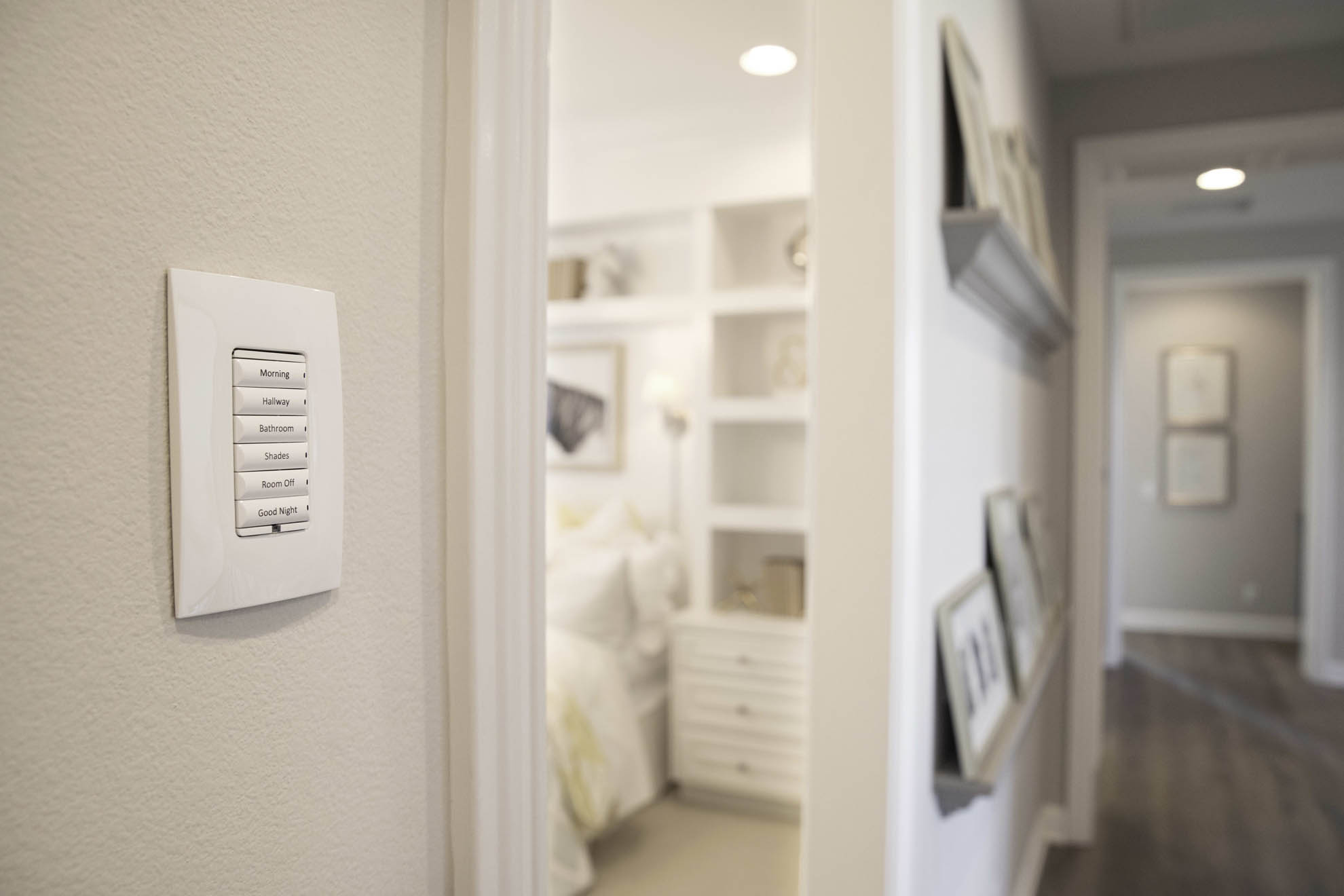
What will this Cost the Developer
Building Smart Homes is not as expensive as you might think. The basic infrastructure required is minimal. Depending on what the specification will be, it could be as simple as installing some CAT and speaker cable (to a professional audio visual system design), and this can be a relatively small cost if installation of this is passed to the electrical contractor as part of his package. To include heating to a Smart Home system could simply be the choice of which heating control is installed initially or an optional upgraded thermostat. Integration of Lighting can simply be the upgrade of the light switch.
What AB Audio Visual Can Offer the Developer
We plan our work in close collaboration with developers, offering simple designs that can be used to include the infrastructure, thus enabling the purchaser to turn their house into the ultimate Smart Home, giving them the option to add inbuilt speakers into key rooms, provide network cables to deliver 4K or higher content to certain TV points, for example. Adding some additional cabling for CCTV or additional Wifi access points to ensure perfect connectivity also should not be overlooked.
AB Audio Visual can offer the following:
• The option to first fix properties, or simply provide the detailed drawings and specifications for cable installation by an electrical contractor
• The fit out of site show houses with equipment
• Training of the on-site sales team to maximise potential sales
• Images and marketing material
• Bronze, Silver, Gold and Platinum packages at competitive prices giving the developer options for additional margin. Other flexible options can be arranged, the client can build their ultimate smart home.
Contact Us to find out more about how we can help Building Smart Homes
